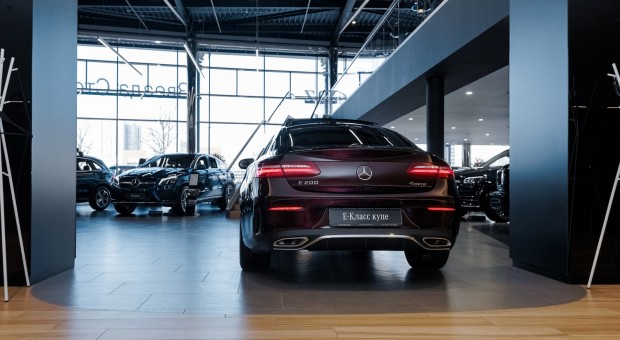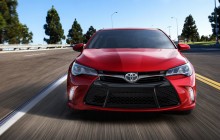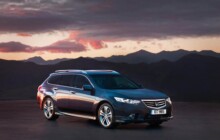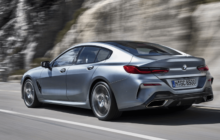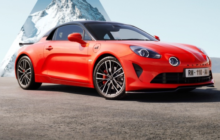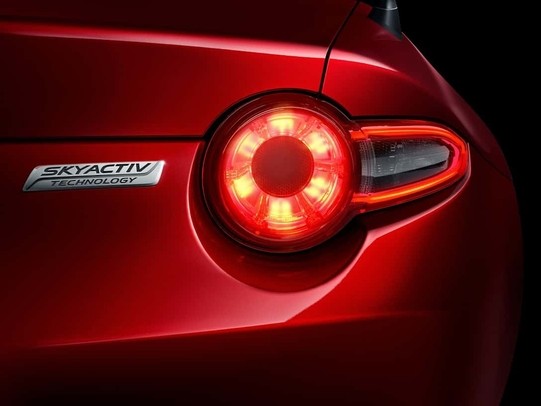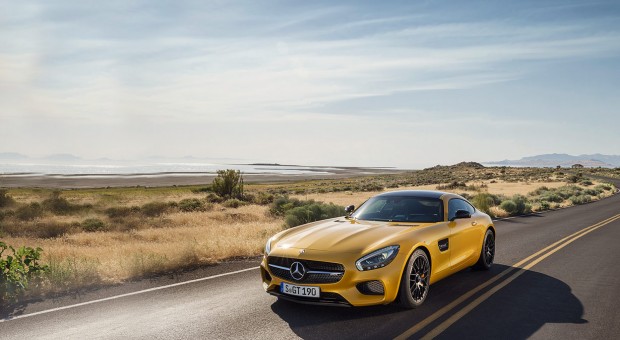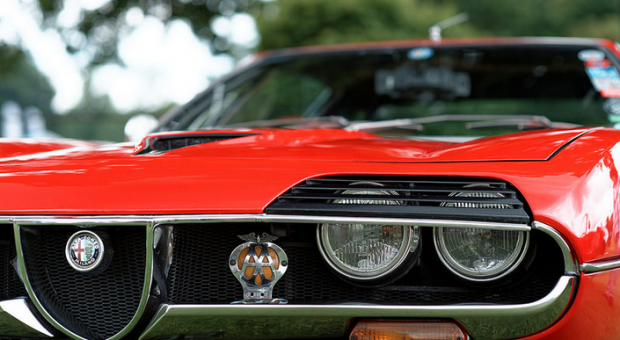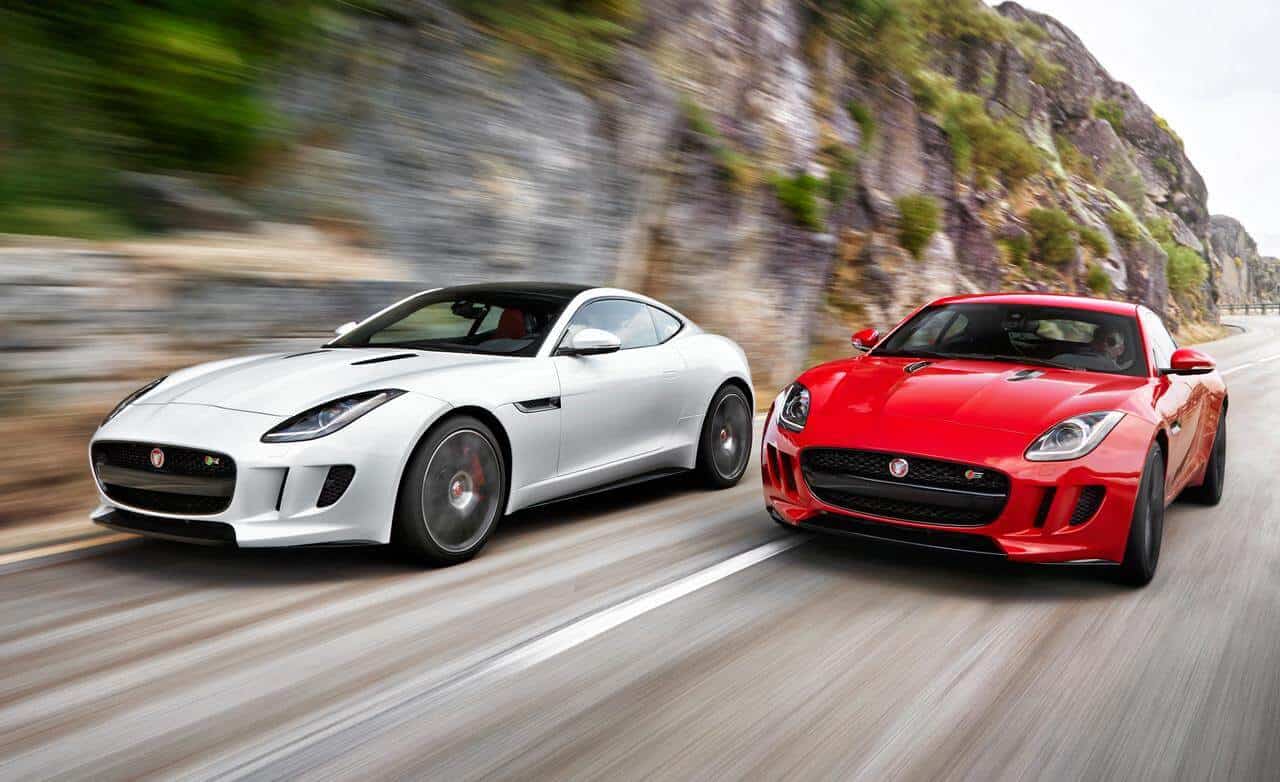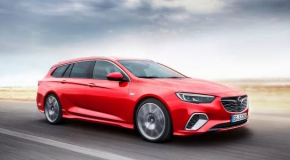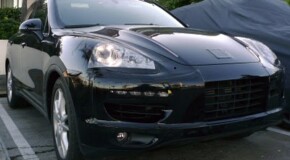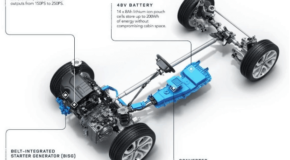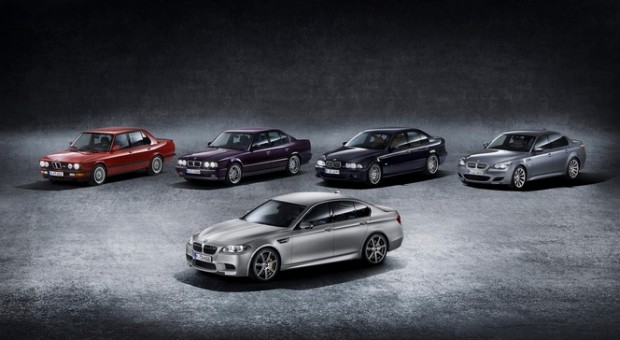
Exclusive special edition of the BMW M3 “30 Years M3”
With the launch of the first generation of the BMW M3 in 1986, the BMW M GmbH, at that time operating under the name BMW Motorsport GmbH, revolutionized the sporty mid-range segment. No other manufacturer had previously ever deployed genuine motorsports technology so consistently in order to transform a high-volume production model like the BMW 3 Series into a thoroughbred high-performance sports car that is also fully suitable for everyday use. The first BMW M3 set the standard by which other manufacturers were measured.
Meanwhile, BMW M has continuously refined its automotive icon across five model generations. And over all these years the BMW M3 has retained its original character. Probably no other automobile combines distinct racing genes and unrestricted day-to-day suitability into such a highly emotional overall concept. To mark the 30th anniversary of this automotive icon this summer, BMW M is launching the exclusive special edition of the BMW M3 “30 Years M3”, which is limited to 500 cars worldwide.
Edition “30 Years M3” in the legendary colour Macao Blue metallic.
As a tribute to the first generation of the BMW M3, the anniversary edition “30 Years M3” is painted in the exclusive exterior colour Macao Blue metallic, which once celebrated its premiere in BMW’s colour range as a special option for the first generation of the BMW M3.
The edition “30 Years M3” builds on the Competition Package, which is optionally available for the BMW M3 series production model. It comprises an increase in engine output by 14 kW/19 hp to 331 kW/450 hp (BMW M3 “30 Years M3”: combined fuel consumption: 8.8–8.3 l/100 km, combined CO2 emissions: 204–194 g/km). Also included in the Competition Package is the Adaptive M suspension, which has been comprehensively aligned to the increased performance. Optimised features also include new springs, dampers and stabilisers, modified characteristic curves of the three modes Comfort, Sport and Sport+ as well as a correspondingly modified standard Active M differential on the rear axle and Dynamic Stability Control feature (DSC). Moreover, the Competition Package of the edition model includes forged 20-inch M light-alloy wheels with 666 M star spoke design and mixed tyres (front: 265/30 R20, rear: 285/30 R20).
All of these measures lead to a noticeable increase in dynamic performance, which is not least also reflected in enhanced acceleration. The BMW M3 “30 Years M3” with optional 7-speed M double clutch transmission sprints from 0 to 100 km/h in just 4 seconds, which is 0.1 seconds faster than the series production model. Even with the standard 6-speed manual transmission, the car completes this sprint 0.1 seconds faster than the production model.
In terms of exterior design, the Competition Package also includes the BMW Individual High Gloss Shadow Line with enhanced features, including a black chrome tailpipe trim for the M sports exhaust system, the characteristic and potent sound of which contributes significantly towards the highly emotional driving experience. The edition model also features exclusively designed M gills in the front wings bearing the logo “30 Years M3”.
Sporty, functional interior with an exceptionally high-class ambience.
The Competition Package upgrades the interior of the edition “30 Years M3” with specific M sports seats in a skeletal design that combine perfect support with distinct travel comfort over long-distances. Seatbelts with woven-in BMW M strips also enhance the sporty interior ambience.
The logo “30 Years M3” on the front doorsills reminds both driver and front passenger of the BMW M company icon’s unique history. The wording “30 Years M3 1/500” on the carbon fibre interior trim strip of the instrument panel gives indication of the exclusiveness of the BMW M3 “30 Years M3”, which is limited to 500 cars worldwide. “30 Years M3” is embroidered into the front headrests.
The BMW M3 “30 Years M3” features an exclusive full leather Merino trim in bi-colour Black/Fjord Blue or optionally in Black/Silverstone with colour-matching contrast seams that effectively underscore the anniversary model’s sporty and sophisticated character.
Compared with the BMW M3 with Competition Package, the additional cost of the anniversary model is €10,000 in Germany. Market launch is scheduled for the summer of 2016 – this being exactly 30 years after the signing of the first contract for the purchase of a BMW M3.
1986 – a 3 Series with flared arches and impressive power.
Around six months after BMW had stunned experts with the world premiere of the new BMW M3 at the International Motor Show in Frankfurt in the autumn of 1985, the time had finally come: In the spring of 1986, the first automotive journalists were given the opportunity on the racetrack in Mugello to test the “3 Series supercar”, which looked extremely spectacular not just because of its distinctively flared wheel arches. The 2.3-litre four-cylinder engine featuring four-valve technology delivered 147 kW/200 hp. This power unit was an ideal match for the two-door car, which weighed in at only 1,200 kilograms thanks to lightweight construction – the front and rear bumpers, the side sills and the boot lid including spoiler as well as other features were made of plastic. Acceleration from 0 to 100 km/h in 6.7 seconds and a top speed of 235 km/h are still impressive figures even today.
1988 saw the presentation of the Evo version of the BMW M3, which reached a top speed of 243 km/h thanks to a further enhanced power output of 220 hp. And in 1990, the highest upgrade version of the first model generation was launched to the market – the BMW M3 Sport Evolution, which had a 238 hp, 2.5-litre power unit under the bonnet and was limited to 600 cars.
Impressive proof of engineering skills in the development of the BMW M3 was delivered as early as in 1986 by the catalytic converter versions of the sports car. As the technicians had also given consideration to the use of exhaust gas purification technology right from the beginning of the development phase, each model version lost only 3 kW/5 hp in engine power as a result of being fitted with a catalyst; the effect on driving performance was only marginal.
1992 – from a thoroughbred racing car to an elegant coupe.
Unlike the predecessor, the second generation of the BMW M3, which celebrated its debut in 1992, had not been specifically developed for deployment in motor sports. The significantly more discreet and elegant coupe featured a three-litre, six-cylinder engine with 210 kW/286 hp and a maximum torque of 320 Nm. As a result, the power unit, which was fitted with innovative VANOS camshaft control technology, delivered impressive proof of top-notch engineering skills. With its litre performance (97 hp/l) and specific torque (108 Nm/l), it set two world records for high-volume, naturally aspirated engines. The BMW M3 Coupe sprints from 0 to 100 km/h in exactly six seconds and top speed is electronically limited to 250 km/h.
The new BMW M3 stood out through the shape of its exterior mirrors. The aerodynamically optimized, double bridged mirror casings boasting a wing-shaped profile immediately distinguished the car from the series production versions of the BMW 3 Series Coupe. Even today, the distinctively shaped M exterior mirrors serve as one of the most characteristic identifying features of most M models.
In 1994, BMW M supplemented the BMW M3 range with two body variants at the same time. In addition to a convertible, the BMW M3 was also available for the first time as a four-door sedan. Customers were particularly pleased by the fact that the Sedan’s performance equalled that of the Coupe.
In 1995, within the framework of a comprehensive model upgrade, cubic capacity of the straight six-cylinder engine increased from 2,990 to 3,201 cubic centimeters and power output to 236 kW/321 hp. The new engine featured double VANOS, so in addition to a variably adjustable intake camshaft, it also had a synchronously operating exhaust camshaft. The result: In spite of increased power reserves and noticeably improved performance (e.g. 0–100 km/h in 5.5 seconds), the modified BMW M3 was extremely fuel-efficient.
From the summer of 1996, the BMW M3 became the world’s first high-volume production car to feature an automated manual transmission. The function of the sequential M transmission was racing-oriented: To shift gears up, the driver pulled the shift lever back, and to shift gears down, he or she simply pushed it forward. The system was extremely popular with customers, with almost every second BMW M3 that rolled off the production line at the BMW Regensburg plant at that time being fitted with this SMG transmission.
2000 – thoroughbred athlete with a self-confident appearance.
The third generation of the BMW M3 sported a bolder look than its predecessor. Thanks to the aluminium bonnet with power dome, the distinctly wider wheel arches, the aerodynamically optimized boot lid including rear spoiler lip as well as the four tailpipes of the dual-flow exhaust system, the Coupe left no room for doubt about its power reserves and dynamics.
The car was also powered by a straight six-cylinder, naturally aspirated engine. The entirely redeveloped power unit delivered an output of 252 kW/343 hp from a displacement of 3,246 cubic centimetres and a maximum torque of 365 Nm. 5.2 seconds for the sprint to 100 km/h and just 5.4 seconds to accelerate from 80 to 120 km/h in fourth gear – these figures reflect this BMW M3’s performance potential. In the spring of 2001, just a few months after the Coupe, the Convertible made its debut, looking even more muscular with its low, concise waistline.
The BMW M3 CSL on sale from 2003 assumed an exceptional status. On this special model, which was consistently trimmed for lightweight construction – the abbreviation CSL has always been the term used by BMW for Coupe, Sport and Lightweight – an output of 265 kW/360 hp combined with an unladen weight of just 1,385 kilograms, which corresponds to a power-to-weight ratio of 3.85 kg/hp. The weight reduction was achieved not simply by omitting supposedly unnecessary (comfort-related) components, but through the principle of intelligent lightweight construction, i.e. by using the most suitable material in the right place. This included for example the roof made from carbon reinforced plastic (CRP) and the rear window fitted with thin glass. This paid off, as acceleration testifies: 0–100 km/h in 4.9 seconds, 0–200 km/h in 16.8 seconds.
2007 – fourth generation with V8 engine and CRP roof as standard.
Instead of a straight six-cylinder engine featured by the two previous generations, the fourth edition of the BMW M3 had a naturally aspirated V8 engine under its bonnet. The high-revving, four-litre power unit delivered 309 kW/420 hp, weighed only 202 kilograms and was therefore 15 kg lighter than the previously deployed engine. Use of the intelligent lightweight construction concept was also further pursued in other areas. For instance, the BMW M3 Coupe featured as standard a CRP roof, the fibre structure of which remains visible beneath a clear coat. The front axle of the car was made almost entirely of aluminium.
The autumn of 2007 saw the market launch of the four-door version of the BMW M3, which sprinted from 0 to 100 km/h in 4.9 seconds and was therefore only a tenth of a second slower than the Coupe. The Convertible completed the model range just a few months later in the spring of 2008.
2014 – innovative engine technology and consistent lightweight construction.
With the launch of the fifth generation of their top athlete in the spring of 2014, the BMW M GmbH not only presented both the Sedan and the Coupe simultaneously for the first time, but also brought the model designation into line with the new nomenclature of the series models. Thus, the Sedan bears the name BMW M3, the Coupe BMW M4 – like the Convertible that has been available since the autumn of 2014.
The entirely redeveloped straight six-cylinder engine featuring M TwinPower Turbo technology and a high-revving concept delivers a maximum output of
317 kW/431 hp and maximum torque of 550 Nm available across a broad engine speed range, thus exceeding the highest amount of torque offered by the previous BMW M3 by almost 40 percent. Fuel consumption and emissions are around 25 percent lower. Both the BMW M3 Sedan and the BMW M4 Convertible complete the sprint from 0 to 100 km/h in 4.1 seconds (with optional 7-speed dual clutch transmission).
In order to attain the highest level of driving dynamics coupled with exceptional fuel efficiency, vehicle weight (with standard equipment) was reduced by around 80 kilograms vs. the previous model. This again was made possible through the consistent implementation of intelligent lightweight construction measures. These include, among others, increased use of lightweight materials such as carbon fibre reinforced plastic as well as aluminium for numerous suspension and body components.
Source: BMW

